Yakiniku: The Fiery Heart of Japanese Barbecue Culture
The Origins of Yakiniku – From Ancient Roots to Modern Dining
Yakiniku has a fascinating history that reflects Japan’s evolving culinary landscape. Originally inspired by Korean barbecue traditions, it has transformed into a uniquely Japanese experience that celebrates simplicity, freshness, and premium ingredients.
Historical Beginnings and Cultural Adaptation
The term “Yakiniku” first appeared in Japan during the Meiji period when Western influences began shaping the nation’s cuisine. Initially referring to all types of grilled meat, Yakiniku soon developed its distinct identity as Japanese chefs refined the art of grilling beef, pork, and chicken to perfection. Yoshida Hotel highlights that this evolution mirrors Japan’s ability to adapt and perfect global culinary influences while maintaining authenticity.
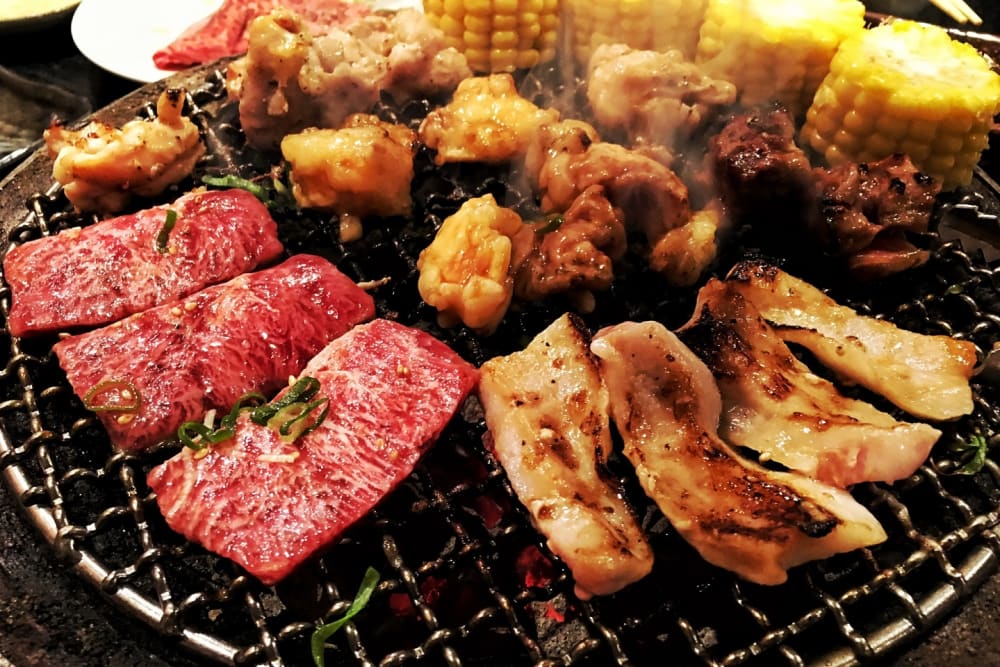
Postwar Revival and Popularization
After World War II, Yakiniku became a social dining trend in Japan, particularly among urban families and working professionals. The rise of yakiniku restaurants across Tokyo and Osaka during the 1950s turned communal grilling into a symbol of modern dining. The interactive cooking style brought people together around a grill, symbolizing warmth, sharing, and indulgence.
The Yakiniku Experience – More Than Just a Meal
Yakiniku is not merely about eating—it’s an event that stimulates the senses and celebrates companionship. Every sizzling sound, smoky aroma, and tender bite creates an unforgettable dining experience.
The Art of Grilling
Yakiniku is typically cooked on a tabletop grill, using charcoal, gas, or electric heat. Guests participate in grilling thin slices of marinated or premium meat themselves. This interactive cooking process is central to the experience, encouraging conversation and creating a lively dining atmosphere.
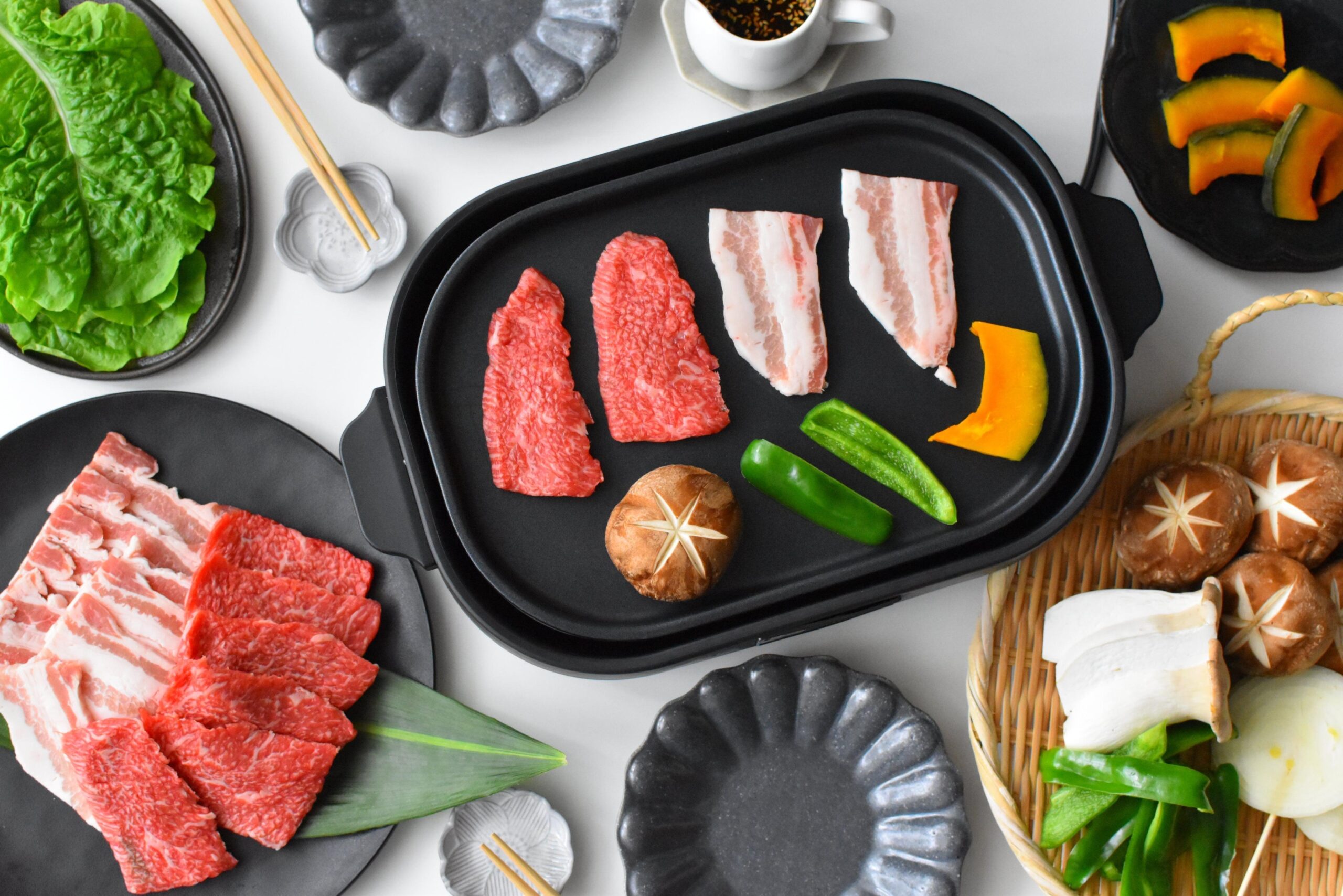
Quality Ingredients – The Soul of Yakiniku
Premium meat selection defines a true Yakiniku experience. From Wagyu beef with its delicate marbling to tender cuts of pork and chicken, every slice is chosen for texture, flavor, and aroma. Yoshida Hotel emphasizes that freshness and quality are the essence of authentic Yakiniku dining.
Varieties of Meat in Yakiniku – Exploring the Cuts
Japan’s Yakiniku culture celebrates diversity in meat selection, each cut offering unique flavor and texture profiles.
Wagyu – Japan’s Crown Jewel
Renowned globally, Wagyu beef offers rich marbling that melts in the mouth. The balanced fat content ensures every bite is succulent and full of umami. Popular cuts include ribeye, sirloin, and karubi (short rib), each grilled to perfection for an exquisite experience.
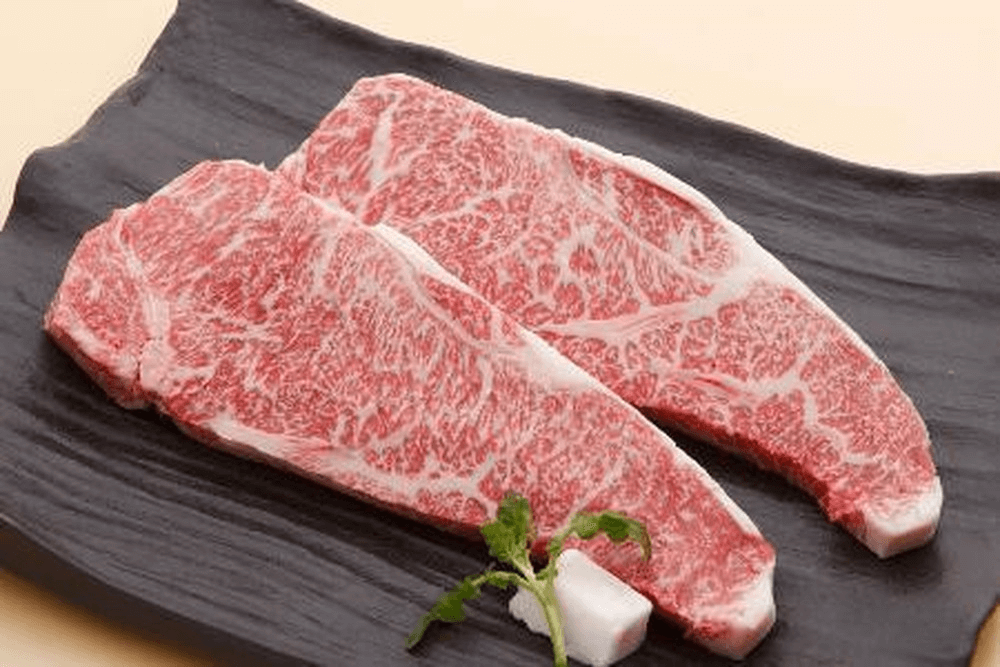
Karubi – The Iconic Short Rib
Karubi is the star of Yakiniku. Known for its juicy tenderness, it absorbs marinades beautifully and delivers a satisfying bite that embodies the comfort of Japanese barbecue.
Harami – Skirt Steak with a Bold Flavor
This leaner cut offers a deeper, beefier taste compared to fattier cuts. Harami’s chewy texture and rich flavor make it a popular choice for those seeking intensity in every mouthful.
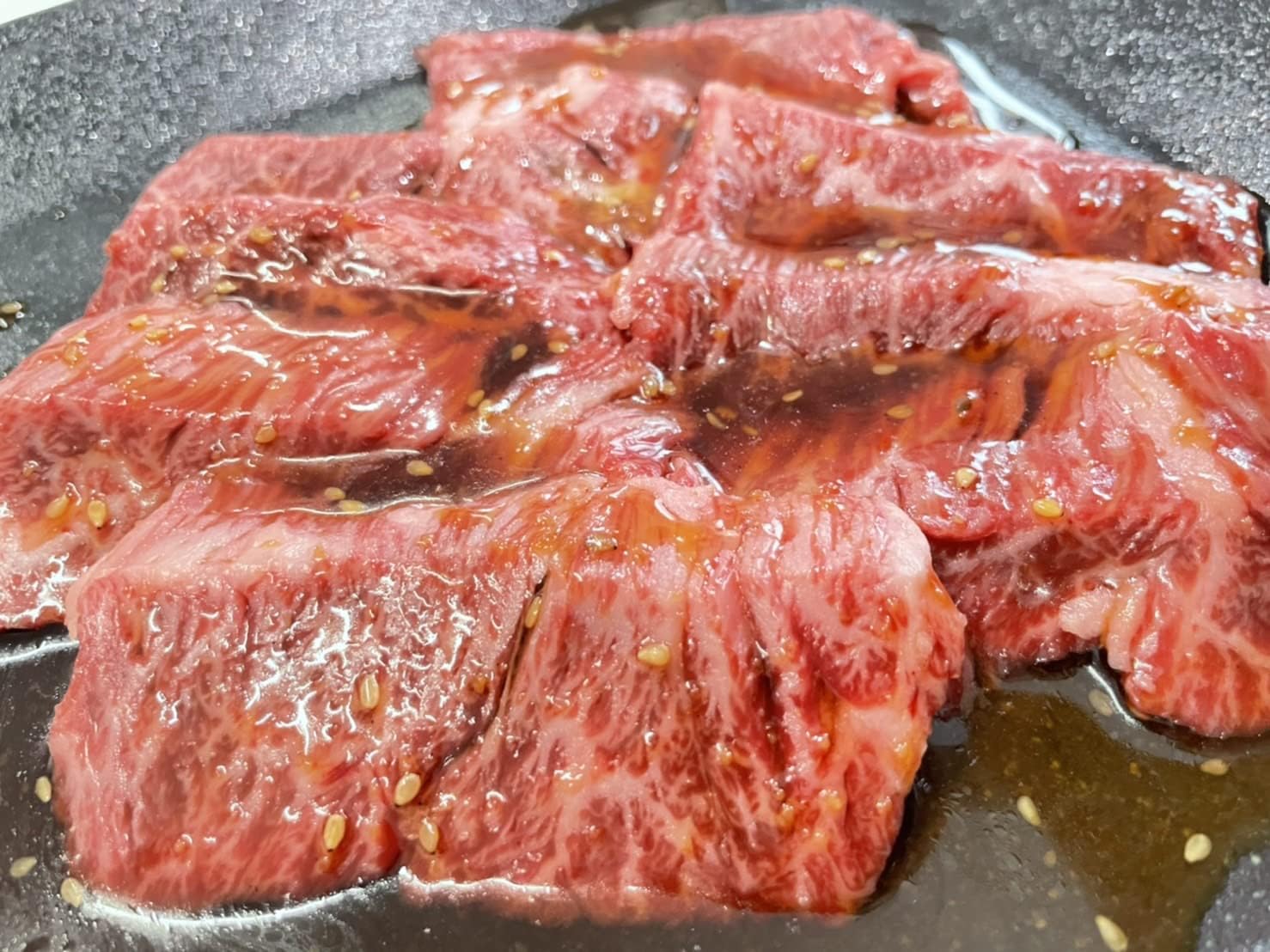
Tontoro and Other Pork Cuts
Pork cheek and belly cuts provide a delightful contrast to beef. Their crispy edges and juicy interiors add diversity to the Yakiniku experience.
Chicken and Seafood Options
While beef dominates, many Yakiniku restaurants serve chicken, scallops, shrimp, and squid, offering balanced options for mixed groups and diverse palates.
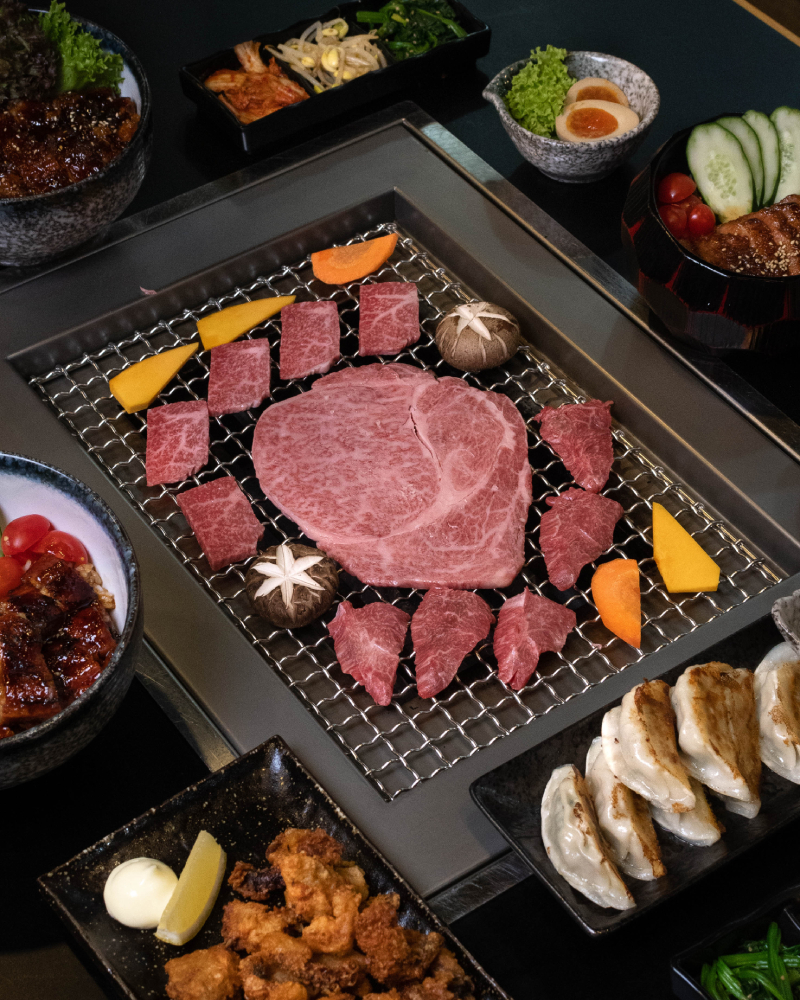
Sauces and Marinades – The Flavorful Signature of Yakiniku
Yakiniku’s essence lies in its sauces and marinades that enhance the natural taste of grilled meat.
Tare Sauce – The Heart of Yakiniku Flavor
The classic tare sauce, made from soy sauce, mirin, sugar, garlic, and sesame oil, provides a perfect balance of sweet and savory. Each restaurant often guards its tare recipe as a culinary secret, adding unique twists that define their signature taste.
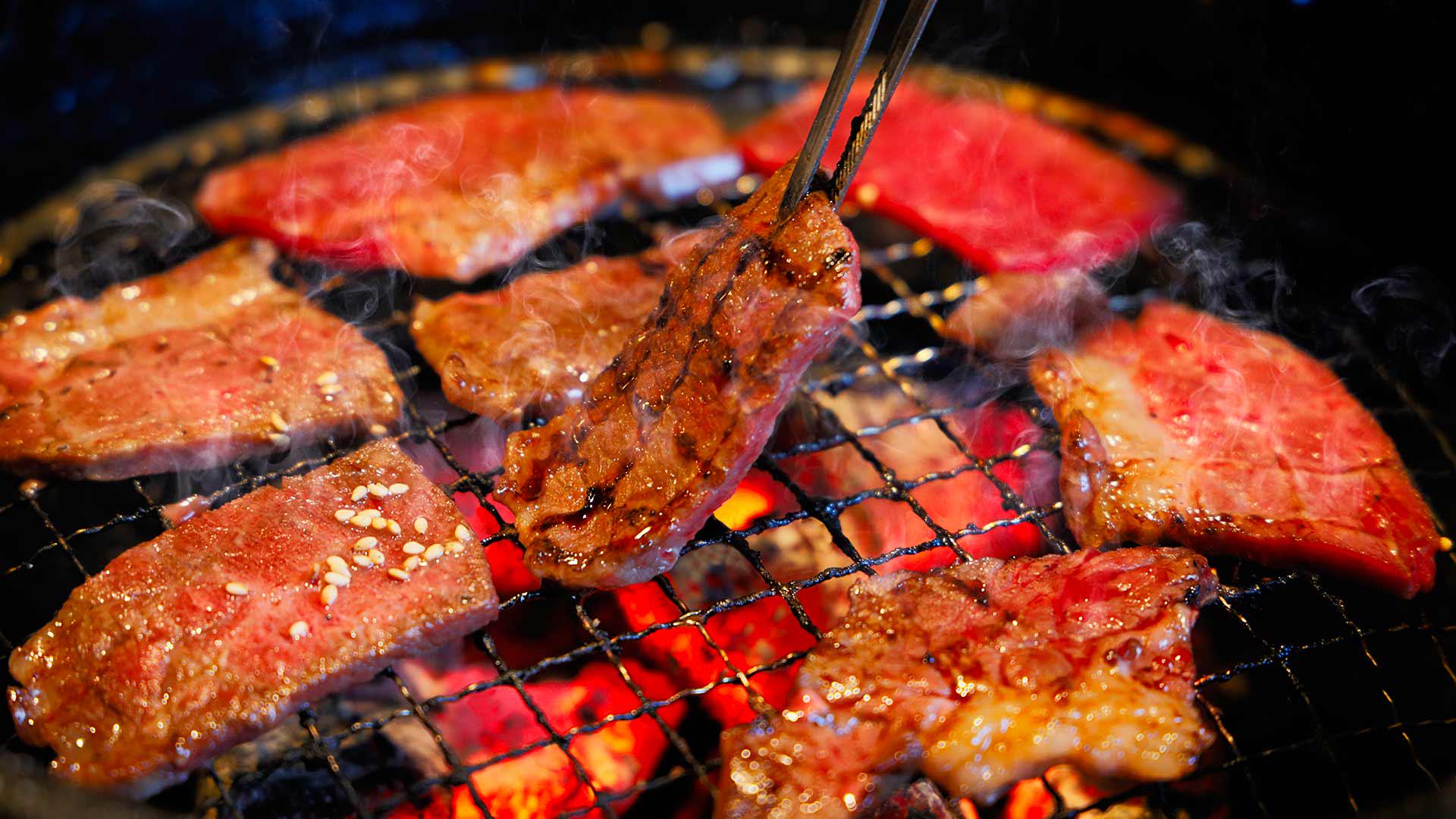
Salt, Lemon, and Wasabi – Minimalist Pairings
For premium cuts like Wagyu, simple seasonings such as salt or fresh lemon juice highlight the meat’s natural flavor. A touch of wasabi adds an exciting heat that complements the richness.
Garlic and Miso Marinades
These bold marinades create depth and umami, appealing to those who enjoy robust, flavorful bites. Yoshida Hotel notes that experimenting with various marinades enhances the Yakiniku adventure.
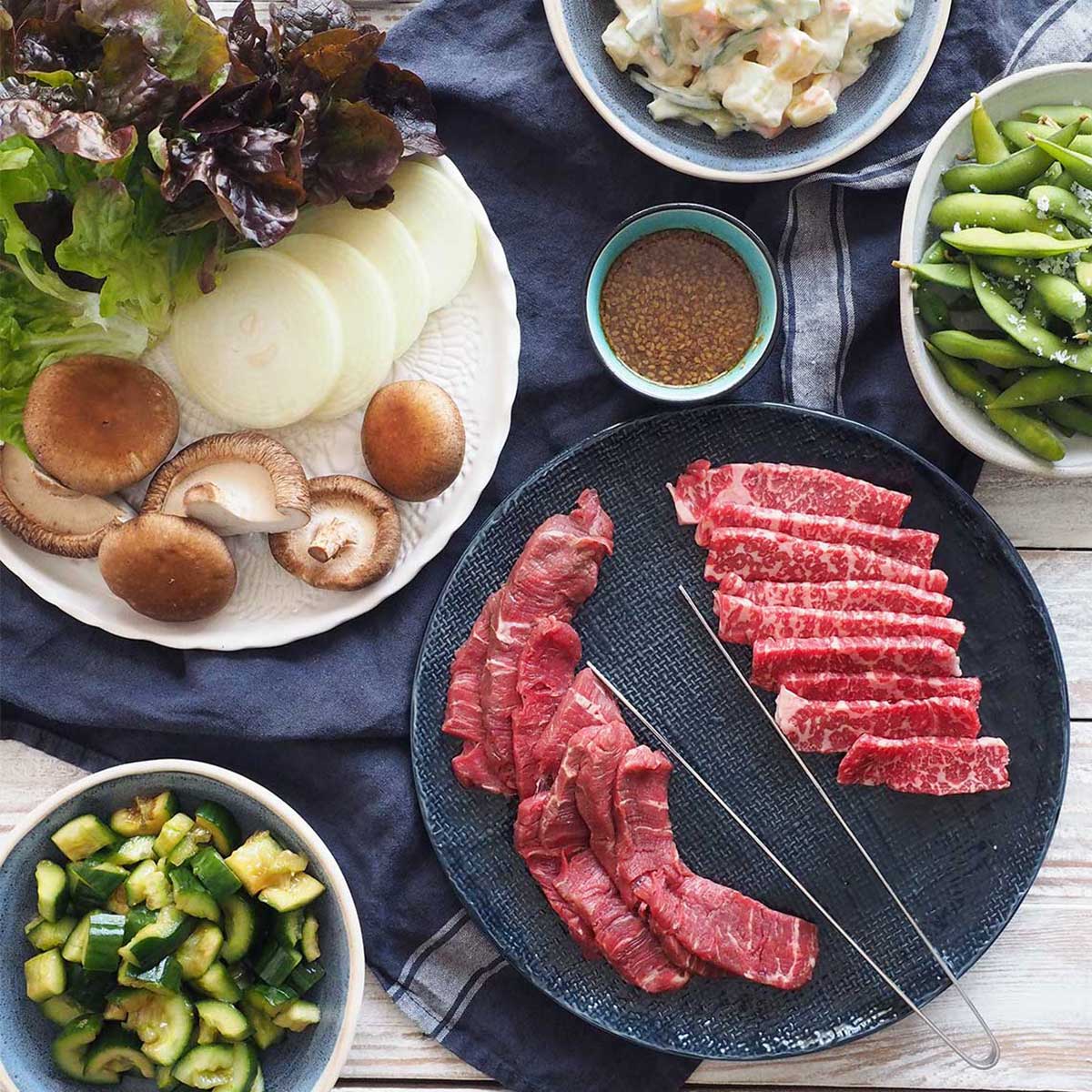
The Yakiniku Dining Atmosphere – Warmth, Smoke, and Connection
Yakiniku dining is as much about the ambiance as it is about the food. The smoky aroma and sizzling sounds create a sense of excitement and intimacy.
Restaurant Styles
Traditional Yakiniku restaurants often feature low-lit interiors and communal grills, while modern establishments blend chic aesthetics with advanced ventilation systems for a refined yet cozy atmosphere. Whether rustic or contemporary, the communal nature of Yakiniku remains constant.

The Role of Hospitality
In Japanese culture, hospitality—omotenashi—plays a crucial role. Servers ensure that guests enjoy seamless service while maintaining the self-grilling freedom that defines Yakiniku dining.
Pairing Drinks with Yakiniku – Elevating the Experience
Sake – A Timeless Choice
A crisp sake enhances the savory richness of grilled meats. Both cold and warm varieties pair beautifully with Wagyu and marinated cuts.
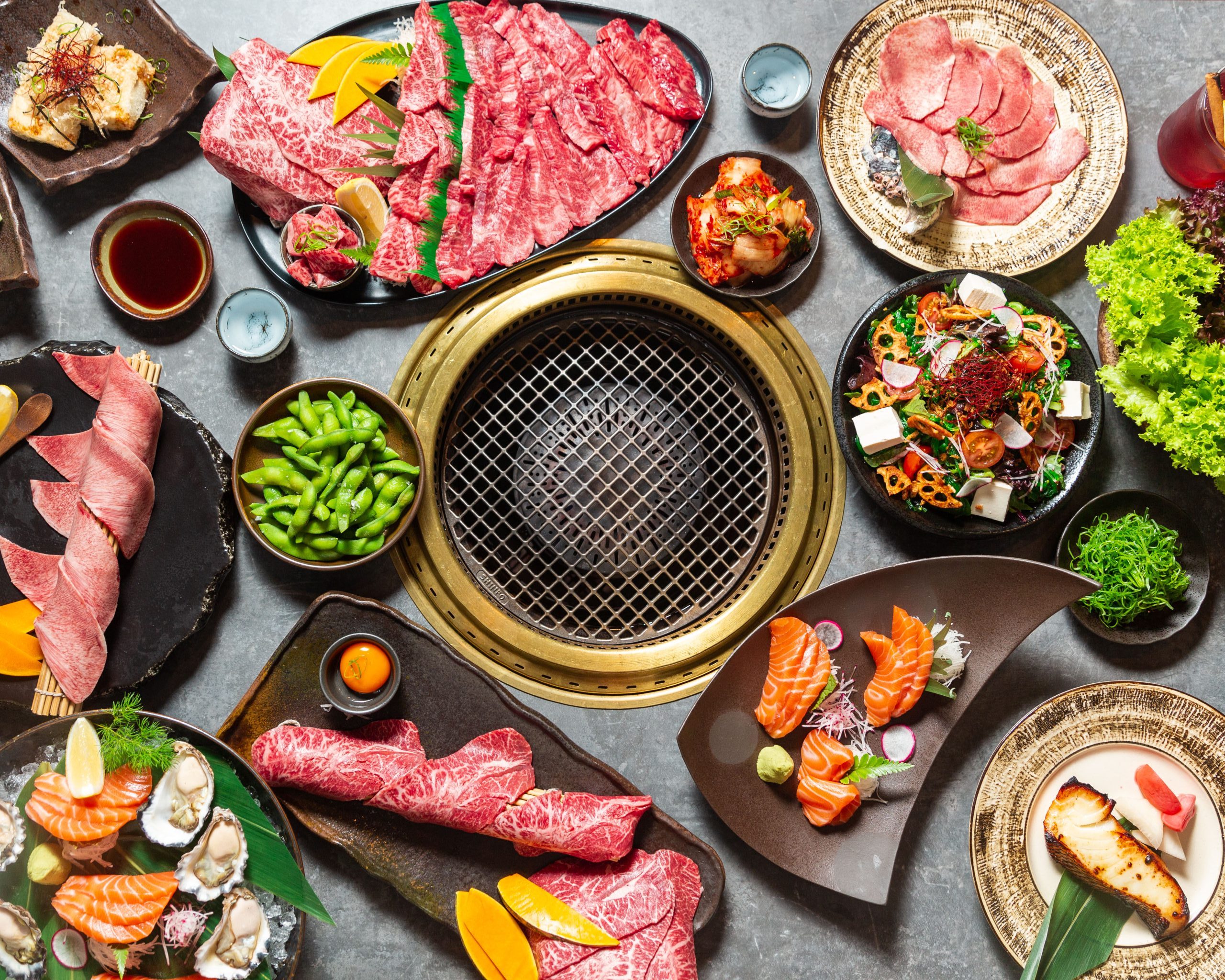
Beer – The Classic Companion
Light Japanese beers like Asahi, Kirin, or Sapporo cut through the meat’s richness, refreshing the palate and amplifying the enjoyment.
Whiskey and Highballs
Modern Yakiniku dining embraces whiskey-based drinks. Highballs offer a perfect balance of carbonation and subtle sweetness, complementing the smoky flavors.
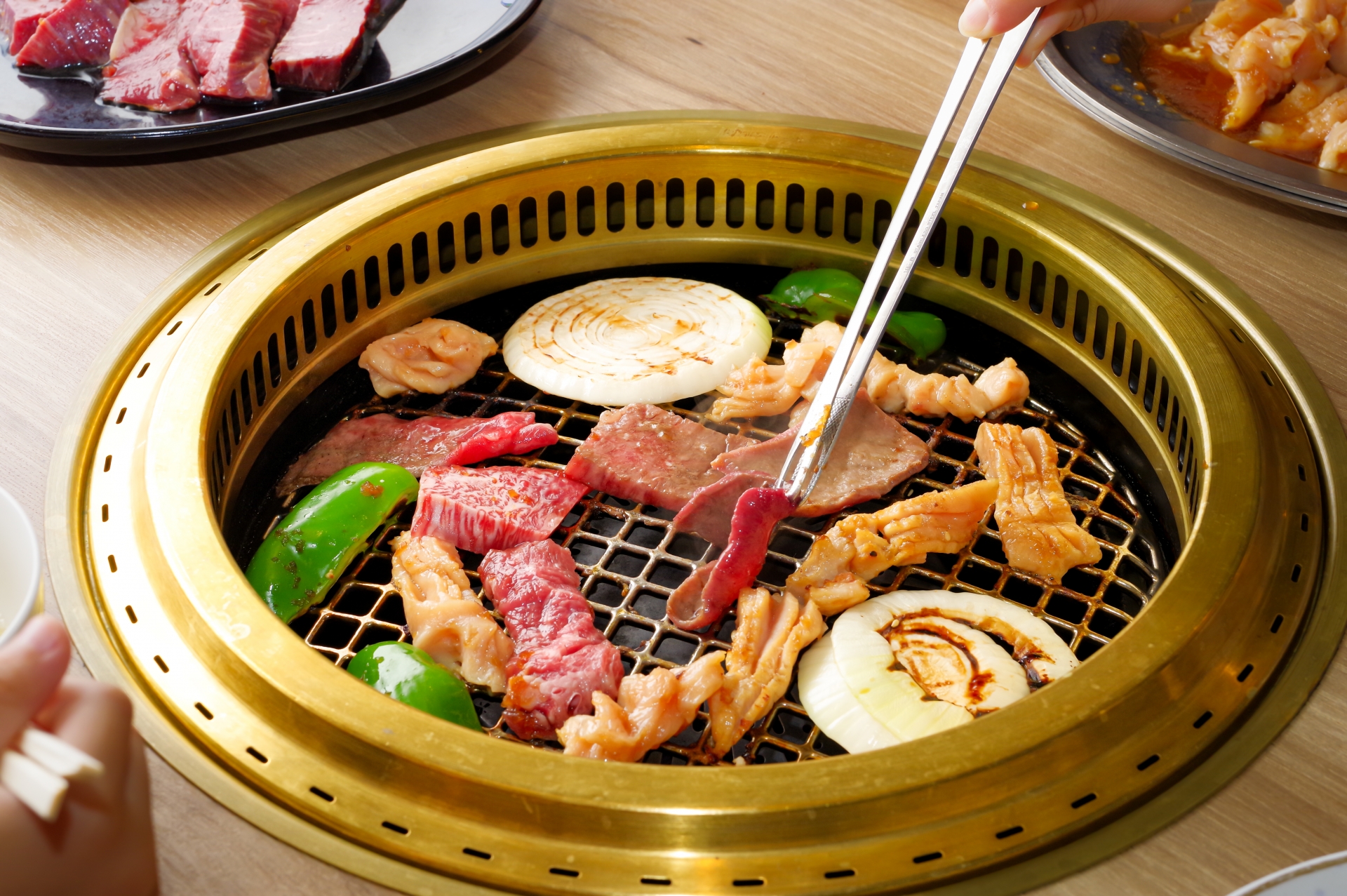
Yakiniku Etiquette – Dining with Respect and Joy
Japanese dining etiquette enhances the social harmony of Yakiniku.
Sharing the Grill
Always cook small portions to avoid overcrowding the grill. Allow others to enjoy their share before adding more meat.
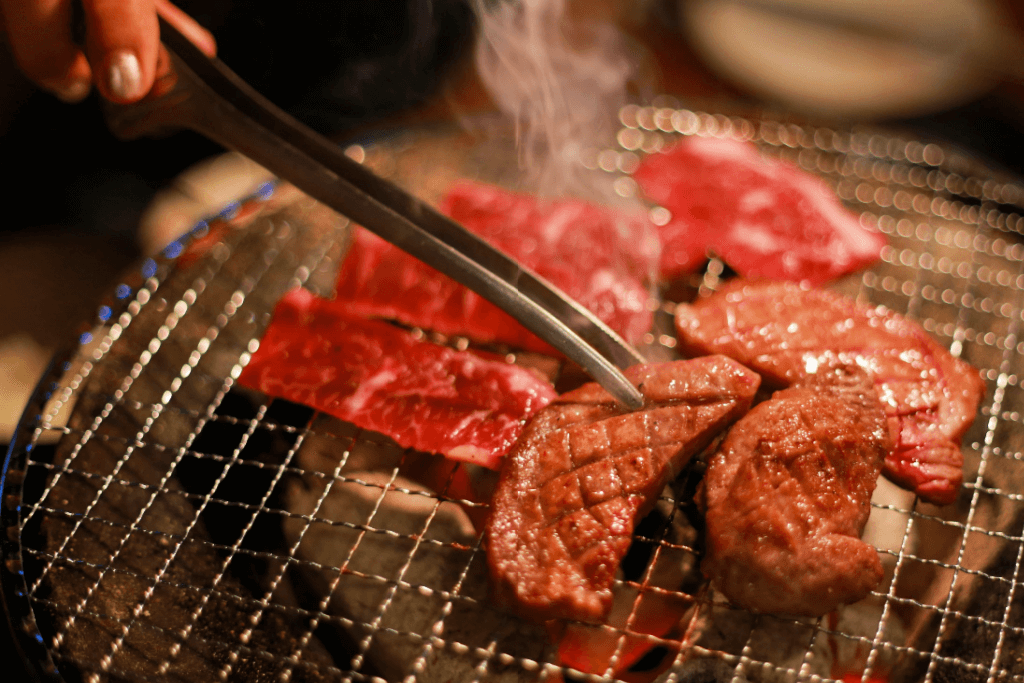
Appreciating Every Bite
Yakiniku is meant to be savored slowly. Respect the ingredients, the chef’s preparation, and the communal experience.
Clean and Mindful Dining
Avoid excessive sauces or burning the meat. Keeping the grill area tidy reflects appreciation for the shared dining ritual.

Health and Nutrition – The Balanced Indulgence
Despite its indulgent nature, Yakiniku can be part of a balanced diet when enjoyed mindfully.
Lean Cuts and Portion Control
Opting for leaner cuts and moderate portions allows diners to enjoy Yakiniku without overindulgence.
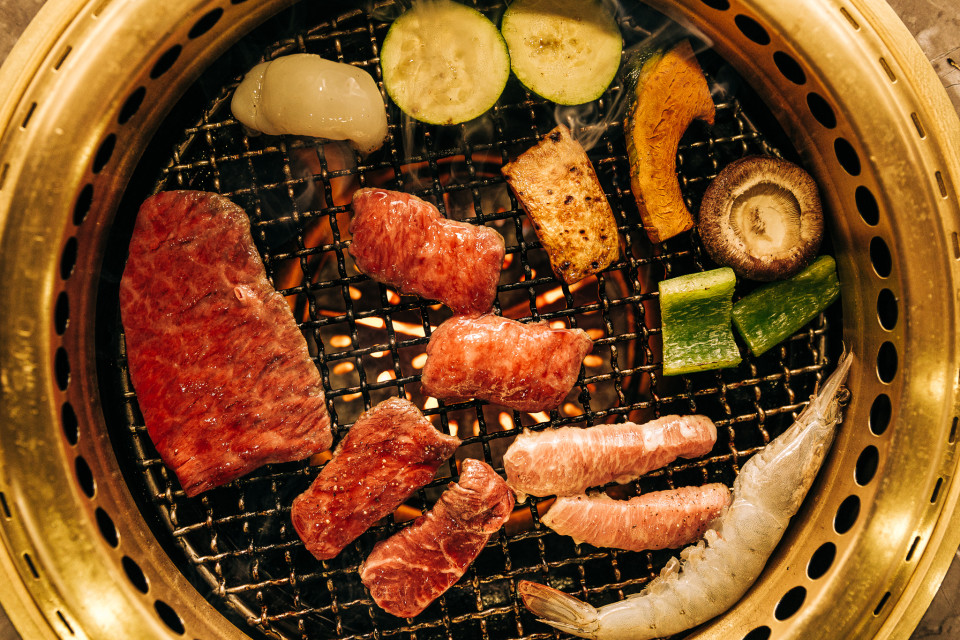
Nutritional Benefits
Rich in protein, iron, and essential fats, grilled meats provide energy and support muscle health. Pairing with vegetables and rice completes a wholesome meal.
Balanced Flavors
The contrast between rich meats, crisp salads, and light sauces provides harmony in taste and nutrition.
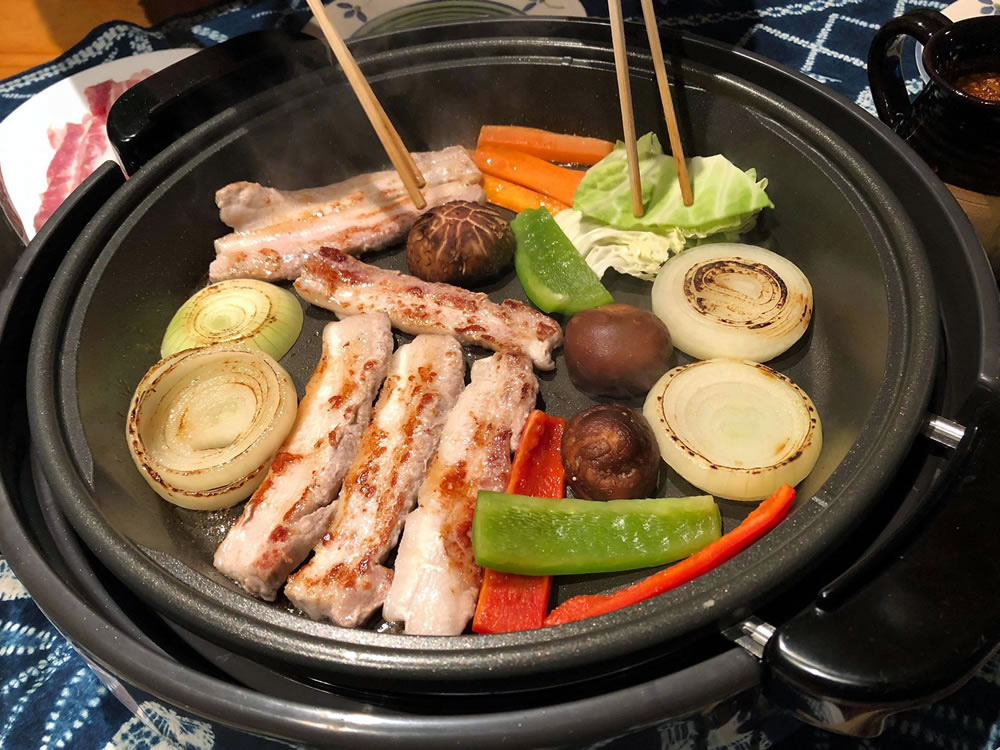
Yakiniku and Japanese Culture – A Social Ritual
Yakiniku embodies Japanese social values of sharing, respect, and gratitude.
Family and Friendship
Gathering around the grill symbolizes unity. Families, friends, and colleagues bond through conversation and shared cooking.
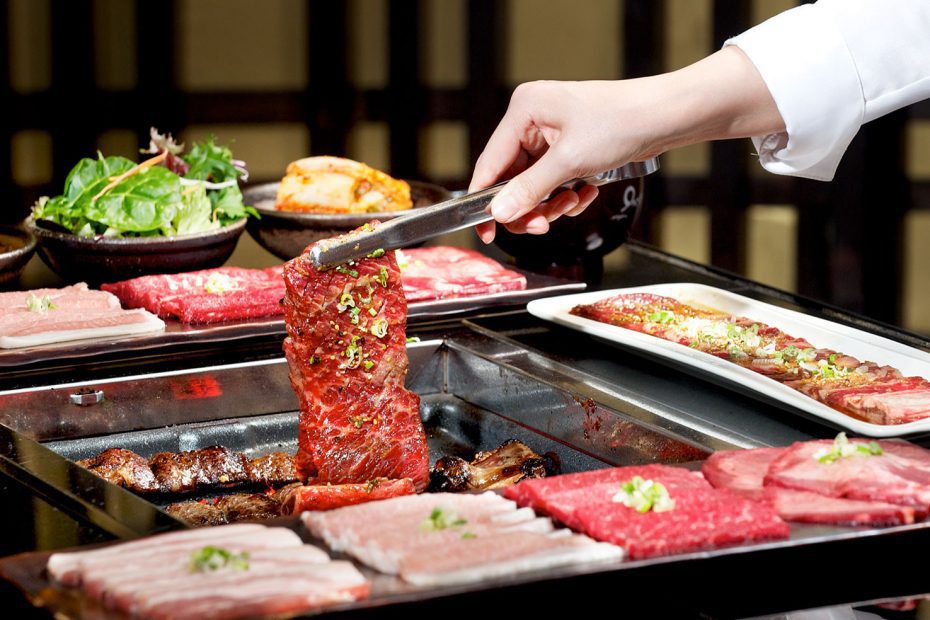
Festivals and Celebrations
Yakiniku often features in festivals and seasonal gatherings, where communities come together to celebrate with food and laughter.
Modern Lifestyle Integration
Urban professionals frequent Yakiniku restaurants after work, making it a key part of Japan’s modern dining culture.
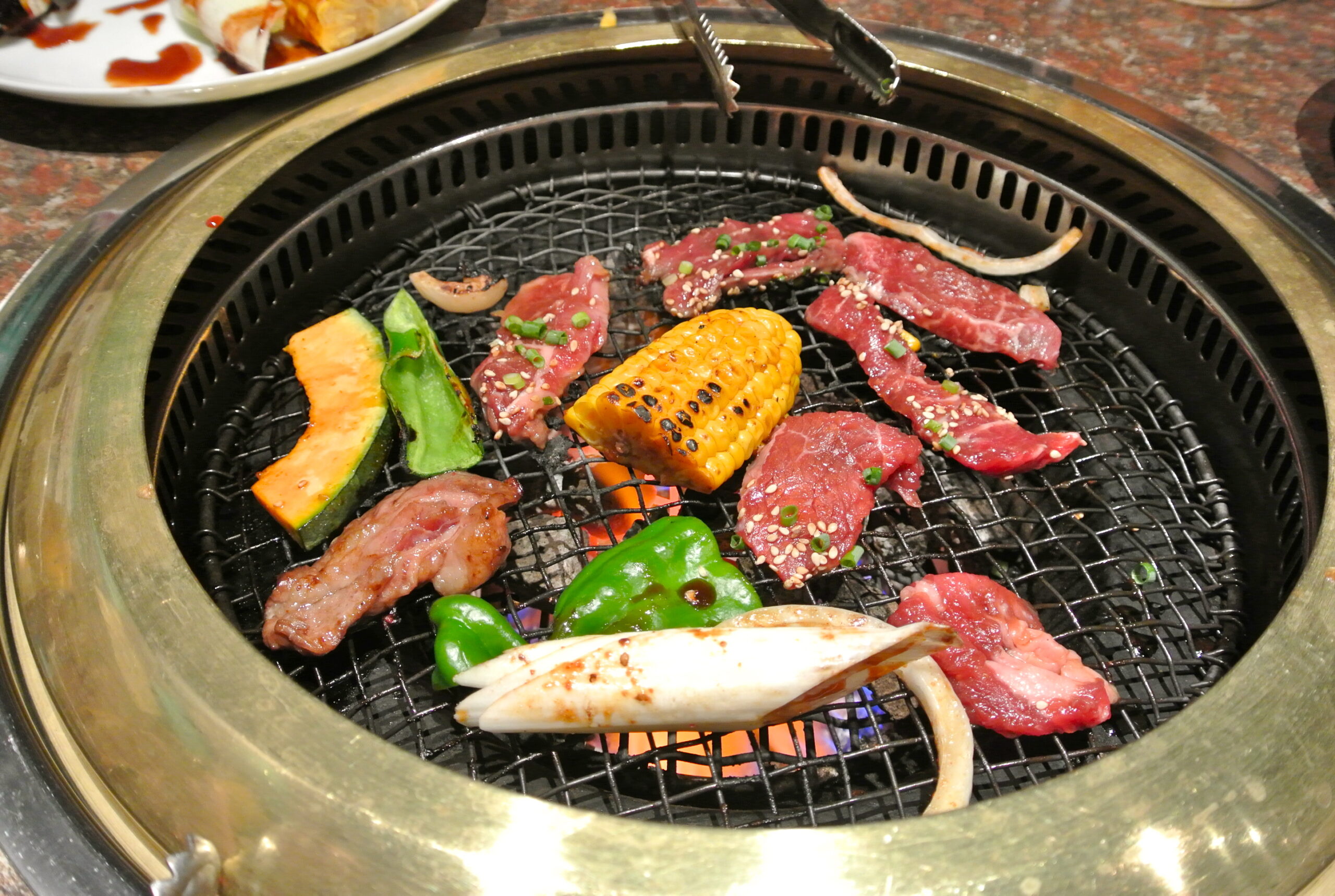
Yakiniku Around Japan – Regional Highlights
Tokyo – Urban Sophistication
Tokyo’s Yakiniku restaurants showcase modern luxury, offering premium Wagyu selections with minimalist interiors and impeccable service.
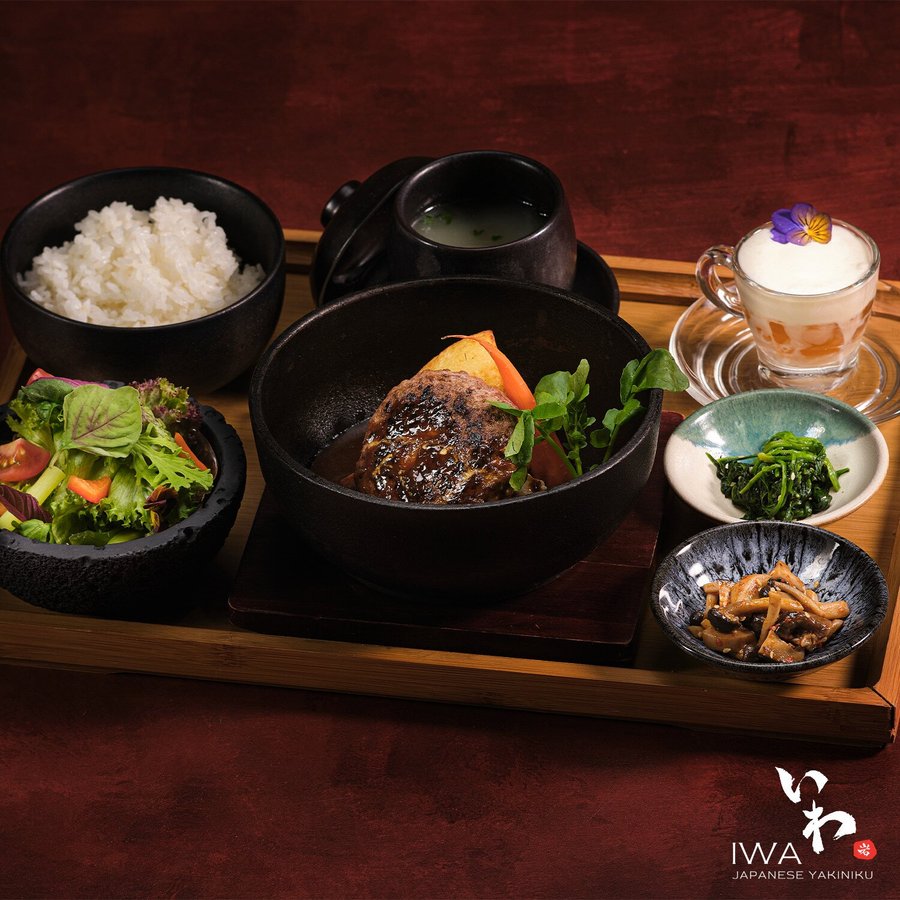
Osaka – Bold Flavors and Street Vibes
Known for its energetic food scene, Osaka’s Yakiniku shops feature lively atmospheres and inventive marinades, reflecting the city’s fun-loving spirit.
Hokkaido – Northern Comfort
Hokkaido’s Yakiniku emphasizes hearty meats and rich sauces, catering to the colder climate and local tastes.

Fukuoka – Fusion and Flavor
Fukuoka combines Korean influences with Japanese precision, creating a bold yet balanced barbecue culture.
The Future of Yakiniku – Innovation and Sustainability
Premium Meat and Ethical Sourcing
Japan’s Yakiniku industry is moving toward sustainable farming and ethical sourcing, ensuring animal welfare and environmental care.

Technological Enhancements
From smokeless grills to AI temperature control, innovation is enhancing dining comfort while preserving authenticity.
Global Expansion
Yakiniku has gained international fame, with Japanese barbecue restaurants flourishing across Asia, North America, and Europe.
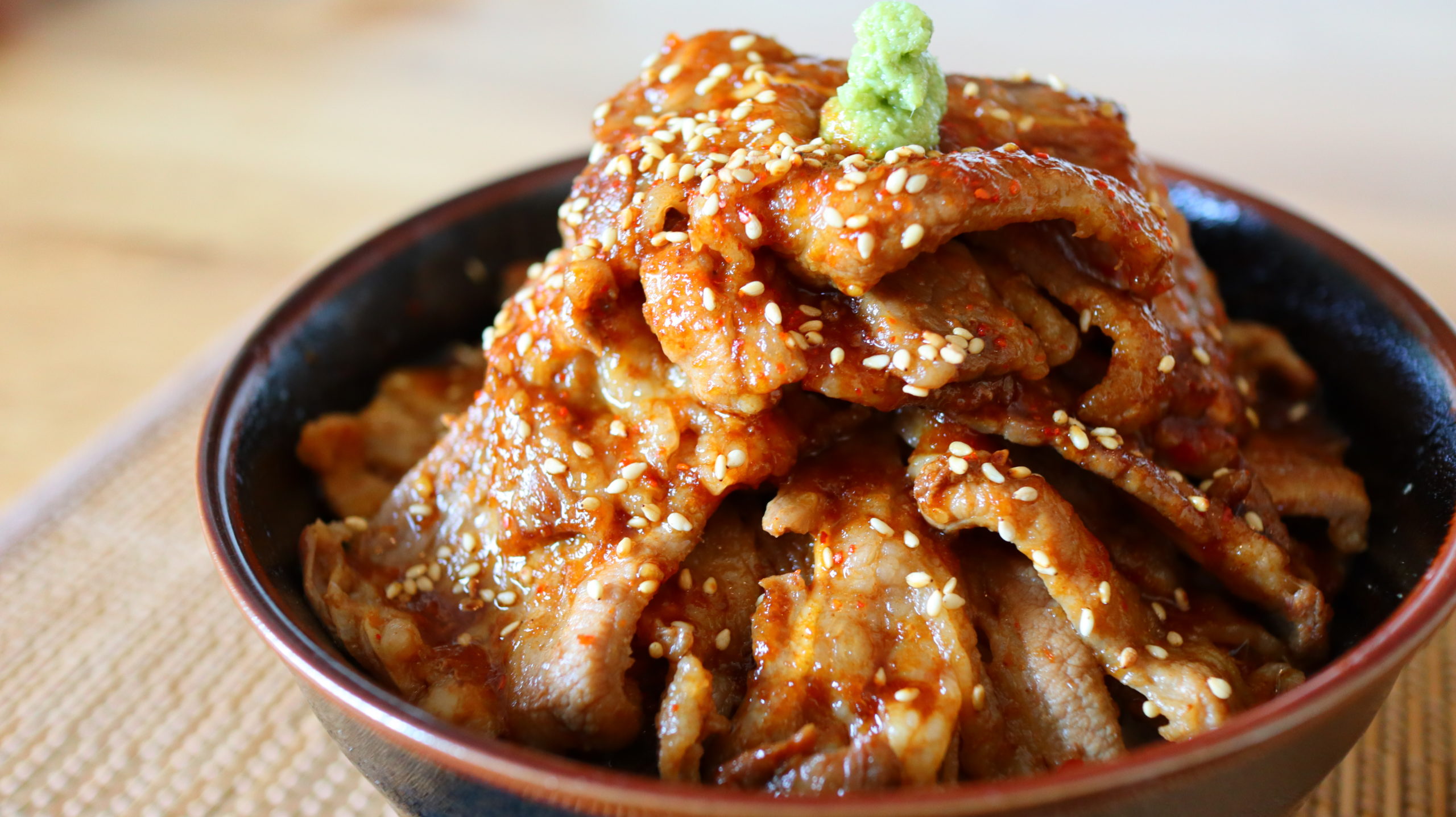
Experiencing Yakiniku with Yoshida Hotel – A Journey for the Senses
Together with Yoshida Hotel, travelers can immerse themselves in authentic Yakiniku dining experiences across Japan. From traditional local shops to high-end restaurants, the Yakiniku journey is about exploration, flavor, and cultural connection. It’s an invitation to engage with Japan’s culinary heart, one sizzling grill at a time.
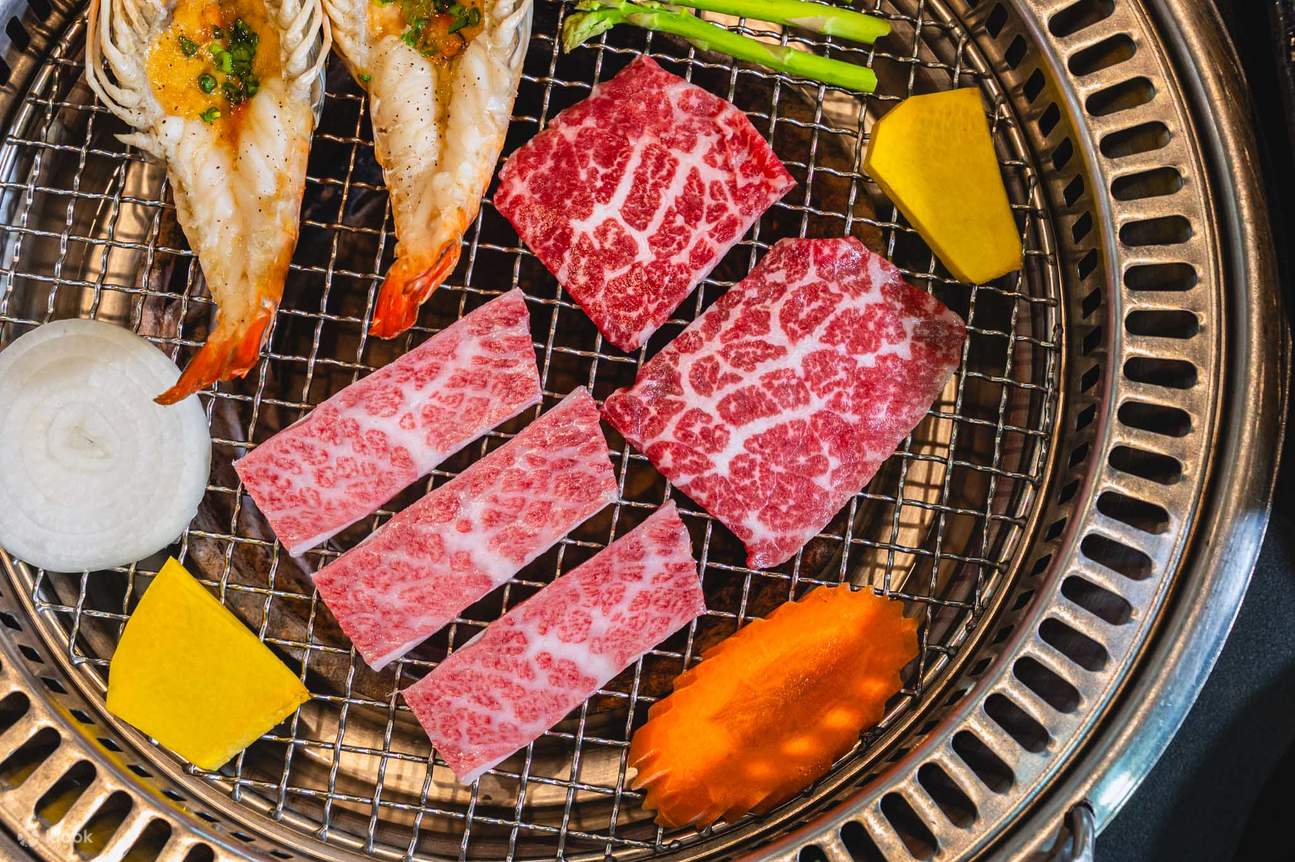
Conclusion
Yakiniku represents more than grilled meat—it’s a symbol of warmth, sharing, and culinary artistry that captures the essence of Japanese hospitality. Through the lens of Yoshida Hotel, we’ve explored its origins, techniques, flavors, and evolving traditions. Whether you’re in Kyoto, Tokyo, or Osaka, the smoky aroma of Yakiniku invites you to gather, grill, and indulge in Japan’s fiery spirit of togetherness.
Details
Namistay chain hotel
- 61-63 Hoang Ke Viem, Bac My Phu, Ngu Hanh Son, Da Nang, Vietnam
- Hotline: 0905 432 992
- Lot 45 An Thuong 29, Bac My Phu, Ngu Hanh Son, Da Nang, Vietnam
- Hotline: 0977 455 546
- 42 An Thuong 26 Street, Bac My Phu, Ngu Hanh Son, Da Nang, Vietnam
- Hotline: 0965 442 842

